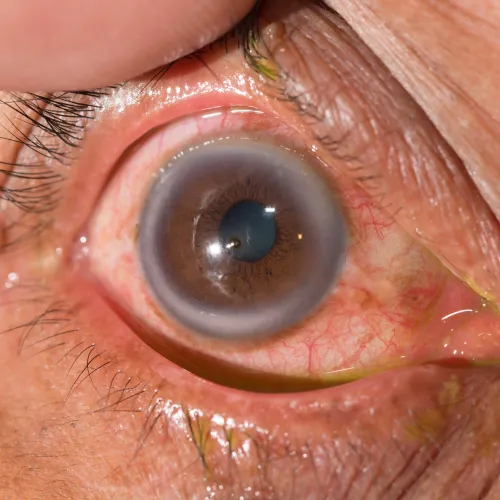This Payer Has New Exam Tallying Rules
Question: Can you explain the differences between the expanded problem-focused exam and the detailed exam for coding an E/M service? They look very similar. Connecticut Subscriber Answer: You’re correct that this has been a confusing issue, but that’s about to change, at least in your state. Background: Although you’re required to perform a detailed exam to report 99214 (when using the exam as one of the two code selection elements), CMS does not specifically publish, in actual numbers, how many organ systems or body areas the ophthalmologist must examine to qualify for a detailed exam. Some payers were advising doctors to report anywhere between two and seven body areas—which was exactly the same as what the expanded problem-focused exam required, creating confusion. Now hear this: Effective July 1, National Government Services (NGS), which is the Part B payer for Connecticut, announced that it is updating the exam requirements, and now detailed exams will require six to seven body areas or organ systems, whereas expanded problem-focused exams will only require two to five. “Citing the same scope of examination for both levels has led to frequent provider confusion on documentation requirements and coding selections, as well as a degree of subjectivity in reviewing medical records for these services,” NGS said in its announcement of the update. “This change will eliminate the confusion and bring NGS into alignment with other CMS-sponsored review entities.” Keep in mind: Typically, ophthalmic practice utilize the single organ system examination from the 1997 AMA/CMS documentation guidelines to determine the level of examination for determining the level of examination and then the overall E/M code assignment. The eye exam for determination of a detailed level requires “at least nine elements identified by a bullet,” whereas the expanded problem-focused exam requires “at least six elements identified by a bullet”. You can find the specific elements in the single specialty examination section of the 1997 Official Documentation Guidelines.




